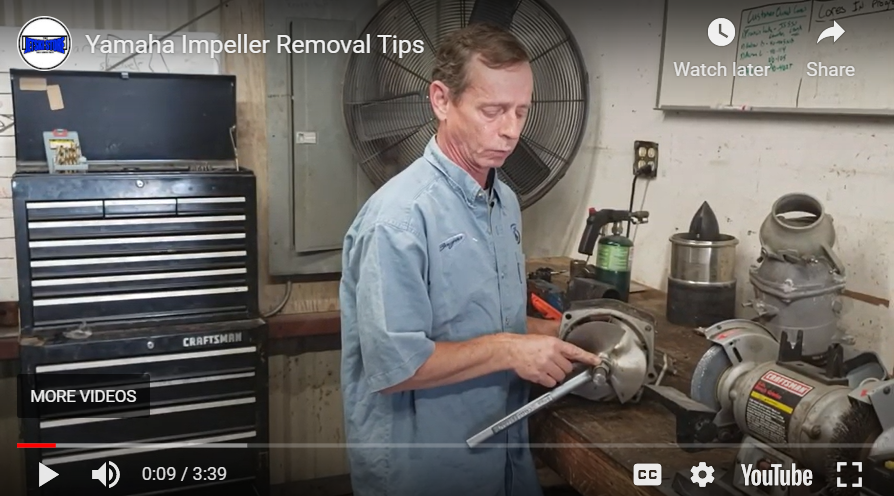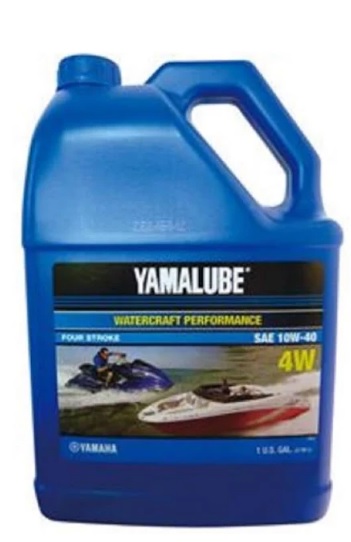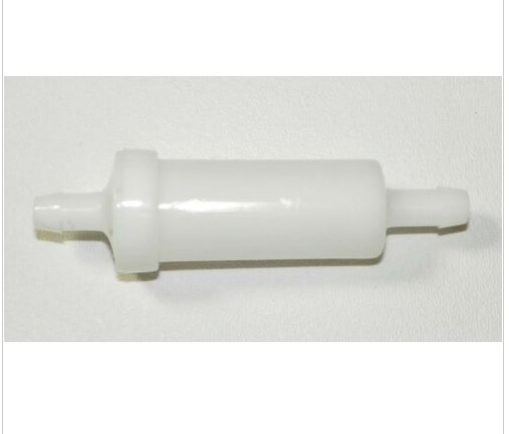The list of safety equipment required for a jet ski is short but important for a fun safe day on the water.
- PFD – Personal Floatation Device
- Fire Extinguisher
- Emergeny cut-off lanyard
- Safety whistle
All of the above can be obtained in different levels of both quality and usage, with marine grade or usage being key. For example the PFD must secure, as in a vest and not a cushion or foam life belt like those used by water skiers. The fire extinguisher must be marine grade to operate wet and put out a gasoline or oil fire. The cutoff lanyard should not have metal parts or attachments that rust and break in a fall from the ski.
And then there is the safety whistle, which many may over look in importance. Not just any whistle works.
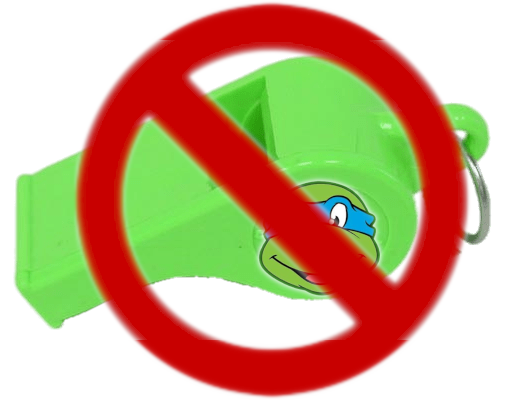
Whistles come in a plethora of sizes, shapes and colors. We have all seen that rider with the green and black ski and all those green and black coordinated accessories including that bright green whistle they stole from their 4 year old nephew.
Unfortunately, those Ninja Turtle whistles just don’t make it as a marine safety whistle.
Most toy and land-based whistles operate by blowing into them, causing a small round pea inside the whistle to vibrate against the whistle sides creating sound.
Should this pea become wet or dirty or even blown too hard in a panic, it will stick to the side of the whistle or jam in the whistle slot and not vibrate, thus….. no sound.
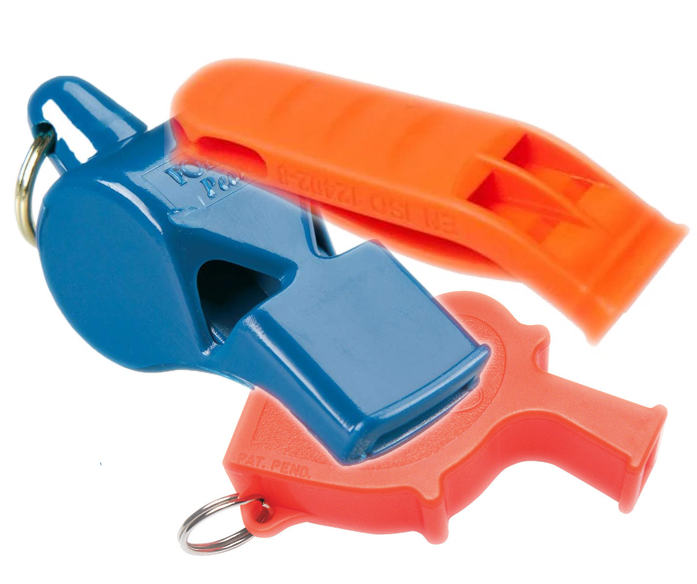
Pealess whistles operate on aerodynamic concepts. Air blown through the whistle hits the exit slot and divides with part of the air exiting the slot and vibrating above the chamber and the rest swirling and vibrating within the chamber and causing the whistles sound. The use of different sized and shaped chambers produces both different and louder sounds.
Your safety whistle should be both non-metal and pealess so that water affects neither the integrity or the performance of the whistle. It is just a bit of bling until you need it…and then…. you need it to work and work well.
